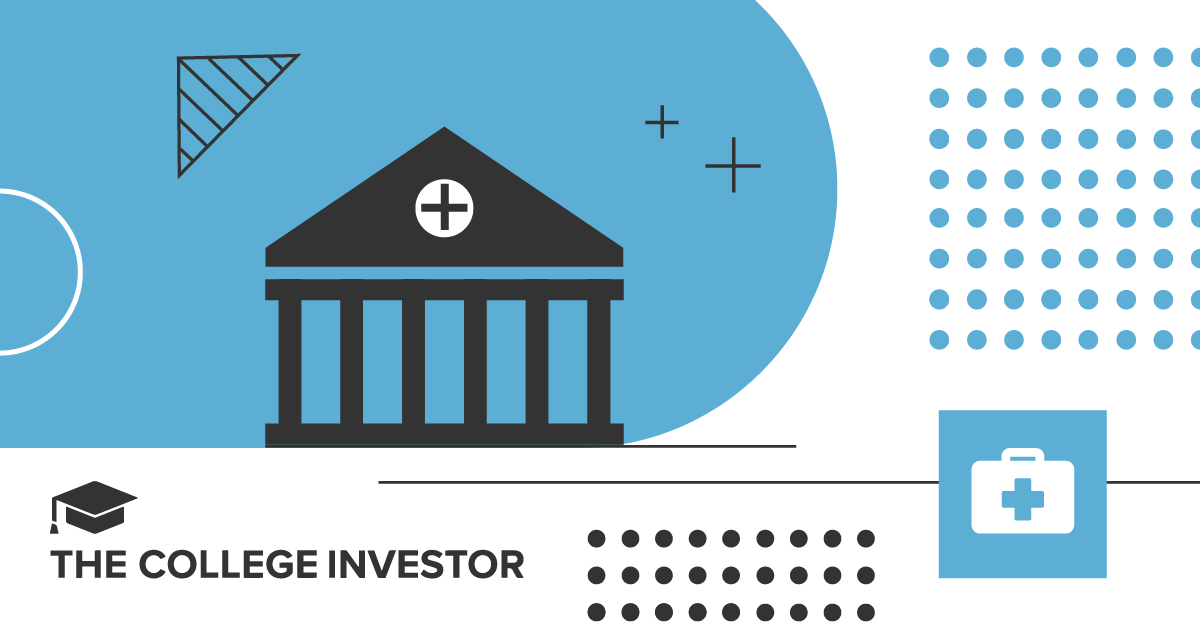PSLF For Medical Group Workers


The Public Service Loan Forgiveness program offers student loan forgiveness for borrowers who make 120 qualifying payments under an income-driven repayment plan while working full-time for a qualifying employer. That typically means direct employment by a government or 501(c)(3) nonprofit organization.
For health care professionals (doctors, nurses, physician assistants, and other medical staff) this means that PSLF eligibility hinges on who employs you and where you work.
Employees of nonprofit hospitals, community health centers, and public clinics typically qualify. But for medical professionals working in private medical groups, the situation is more complicated. If your group contracts with a hospital rather than being directly owned by it, PSLF eligibility has not always been clear.
It’s also important to note that any employee who works for a medical group – including billing, administration, and others – still qualify in the same way that doctors and nurses do. It simply matters who employs you!
To qualify for PSLF, your employer must fall under one of these categories:
If you are a nurse, technician, or administrative worker employed directly by a nonprofit hospital or health system, you are generally eligible. But if you work for a for-profit medical group that contracts with a nonprofit hospital in states where direct employment is prohibited (notably California and Texas), your eligibility depends on whether the hospital or clinic is considered your “qualifying employer.”
Remember, you simply have to be employed by a medical group (not just be a doctor or nurse). Here are the largest non-profit medical groups in the United States:
It’s also worth noting that the Department of Veterans Affairs (VA) is also a qualifying medical group for PSLF.
California and Texas have long prohibited most nonprofit hospitals, foundations, and clinics from directly employing physicians. Instead, doctors typically form medical groups or professional corporations that contract to provide medical care in nonprofit facilities.
Under previous PSLF regulations, that structure made many physicians ineligible, since they weren’t technically “employees” of a qualifying employer — even if they worked full-time in nonprofit hospitals serving the public.
Recognizing this problem, the Department of Education issued new PSLF guidance (PDF File) that allows certain physicians in California and Texas to qualify under expanded definitions of “employee” and “qualifying employer.”
For PSLF purposes, nonprofit hospitals, 1206(l) foundations, and other nonprofit facilities barred by state law from directly employing physicians are now considered qualifying employers of physicians who provide services there, even though the physician’s paycheck comes from their own medical group or corporation.
In other words, the nonprofit facility (not your medical group) should be listed as your qualifying employer on PSLF forms.
However, there are limits:
Physicians in California and Texas can now meet the PSLF “employee” requirement in one of two ways:
Both pathways recognize that in these states, “employment” may take nontraditional forms due to legal restrictions.
Like all PSLF participants, medical group workers (including those covered by the California and Texas exceptions) must meet the full-time service requirement:
Borrowers can combine part-time service at multiple eligible organizations as long as their total hours meet the threshold.
If you work within a non-profit medical group, you likely qualify for public service loan forgiveness.
If you are directly employed by a 501(c)(3) or government entity, you’re already eligible. If you work for a private medical group contracted with a nonprofit hospital, your eligibility will depend on whether your employer or work site is recognized as a qualifying organization in the Department of Education’s PSLF database.
It’s worth checking whether your hospital, foundation, or clinic appears in that database and keeping copies of your employment certification forms (ECFs) to confirm your status over time.

Uncategorized Senior debt, a foundational element of most multifamily property acquisitions and developments, rarely covers the...

The end of the year is one of the most powerful moments to improve your financial life. A few intentional...

When it comes to escaping the grind of work, whether to tend to one’s responsibilities or to simply be, our...